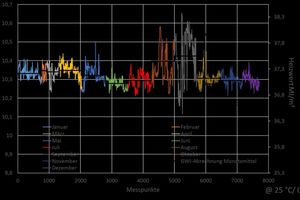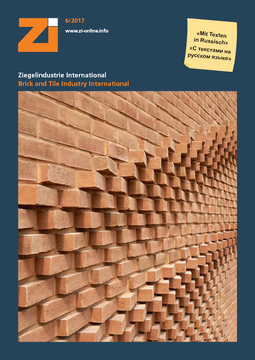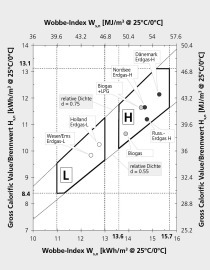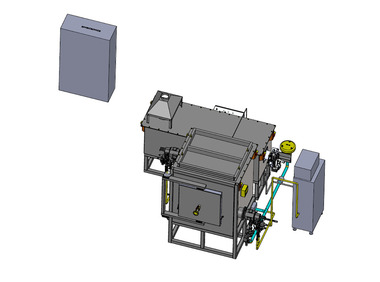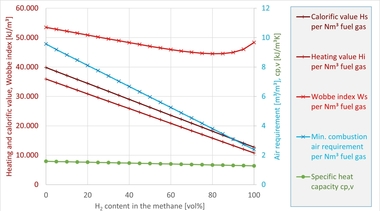Effects of natural gas properties on industrial processes (ceramics)
In recent years, the subject of irregular natural gas compositions and the effects of such irregularities on end users in private households, the trades, industry and power generation has become increasingly significant. The problem has many causes: from the liberalization and unbundling of established supply structures and the EU‘s efforts to create a harmonized European standard for group-H natural gas (EN 16726:2016), to the increasing globalization of gas markets and the expanding feed-in of such regenerative gases as biomethane or, still to come, hydrogen from power-to-gas facilities. While many such developments can be viewed as positive, they nevertheless tend to exacerbate the extent of fluctuation in local gas composition at the end user‘s tapping point. A number of publicly funded research projects are geared to defining exactly which fluctuations in natural gas properties are already confronting plant operators and to establishing the resultant impacts on combustion, heat transfer, pollutant emissions and product quality. To that end, long-term mensuration data are being collected by in-situ instruments and statistically analysed to obtain a countrywide breakdown of local natural gas peculiarities all across Germany. Such data can contribute much to the current discussion, and they can help clarify just what the operators and producers of complex, sensitive thermal processing plants will have to deal with in the future.
Dr.-Ing. Anne Giese, Gas- und Wärme-Institut Essen e. V.

